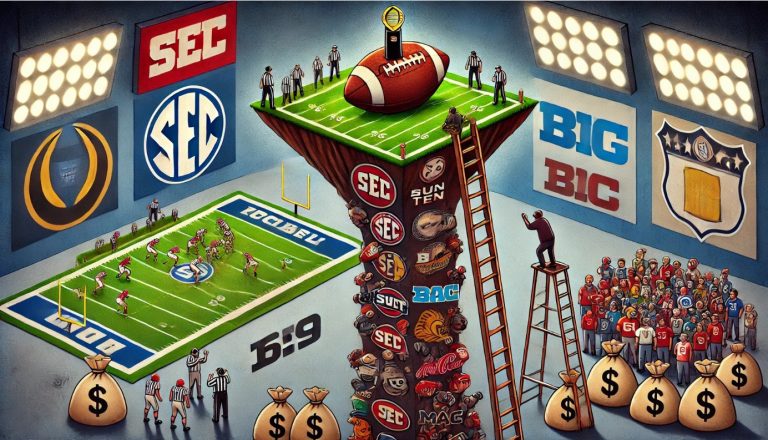
By Larry Billinger
Decoding the Mystery of the USB Paradox
The Perplexing Predicament of USB Plugging
Ever found yourself flipping a USB connector back and forth, only to finally succeed on the third try? Welcome to the widespread woe known as the “USB Paradox.” This technological oddity has puzzled users for years. But fear not, intrepid reader, for we shall delve deep into the conundrum of this common cable calamity!
A Flashback to USB’s Formative Years
Let’s wind the clock back to 1996, the year the USB (Universal Serial Bus) made its grand debut. The Type-A connector, the main character in our story, was a groundbreaking innovation, simplifying connections between various devices and computers. Fast forward to today, and USB has become a household name, though not without its quirks.
The Mysterious Third Attempt Phenomenon
Here’s the twist: despite its seemingly straightforward design, the USB often requires multiple attempts to connect. But why? With only two possible orientations, shouldn’t it work on the second try at most? This puzzling predicament has baffled users worldwide, leading to jokes and memes about the USB’s elusive third state – a mystical orientation understood by none.
The Illusion of Symmetry
At first glance, the USB Type-A connector appears symmetrical. Yet, a closer look inside reveals its true asymmetric nature. The challenge arises from the lack of clear visual cues indicating the correct orientation. This ambiguity often leads users to adopt a trial-and-error approach.
The Logo Clue: Not Always a Solution
The USB standard includes a subtle hint: a logo on the top side of the connector. However, this design choice is not universally adopted, and in some cases, USB ports are installed upside-down in devices, rendering the logo guideline moot.
The Three-Try Tango: A Dance with Design
With the top side of the connector often unclear, users are left to fumble in the dark (sometimes literally) trying to make the connection. The first attempt is a gamble. If it fails, the connector is flipped. Failure again leads to a second flip, often accompanied by a firmer push or a slight jiggle to ensure alignment.
It’s Not You; It’s the USB
The real culprit is the USB Type-A’s design – a product of its time prioritizing cost over convenience. This design choice, while economically sound, inadvertently birthed the USB paradox.
The Dawn of USB-C: A Light at the End of the Cable
There’s a silver lining: the advent of USB-C. This newer standard addresses the flipping fiasco with a reversible design, signaling an end to the age-old USB paradox. As USB-C gains popularity, the days of the three-attempt USB connection may soon become a tale of tech folklore.
Embracing the Future, Remembering the Past
As we transition to USB-C and its foolproof design, let’s not forget the humble beginnings and quirky nature of its predecessor. The USB paradox, while frustrating, is a reminder of how far technology has come and the continuous journey towards improvement.


